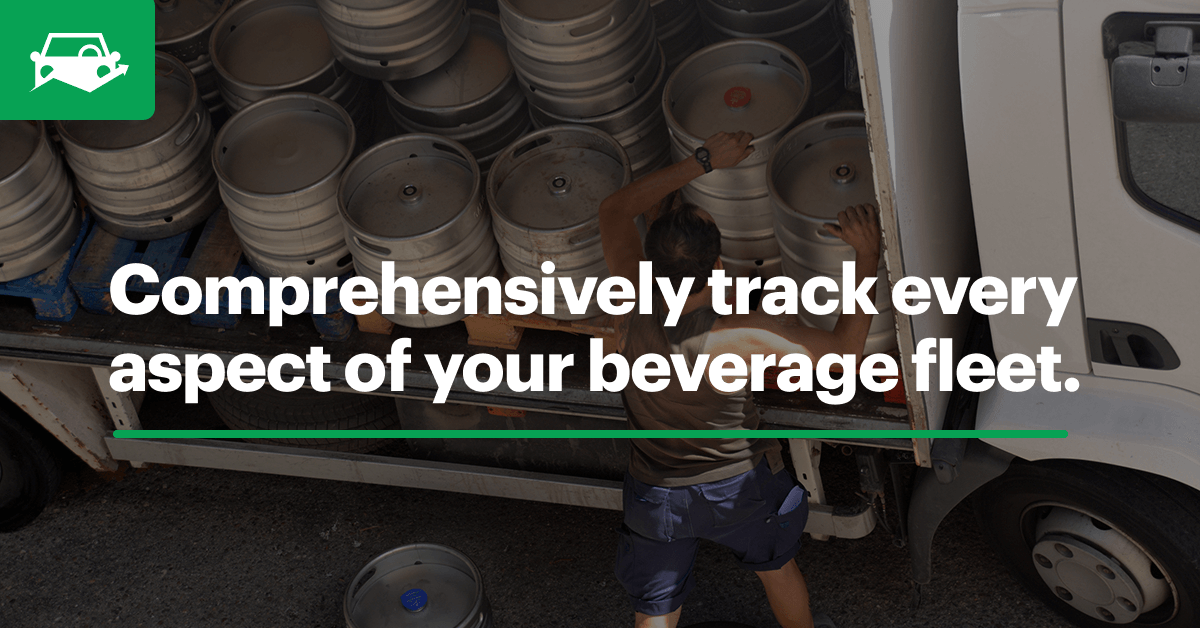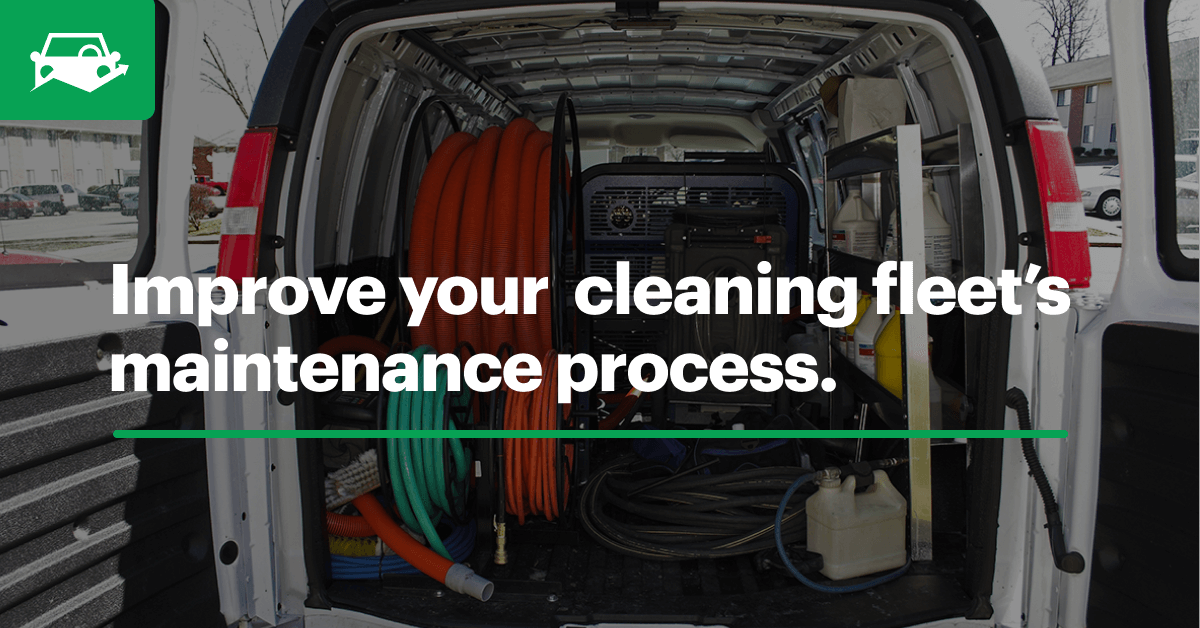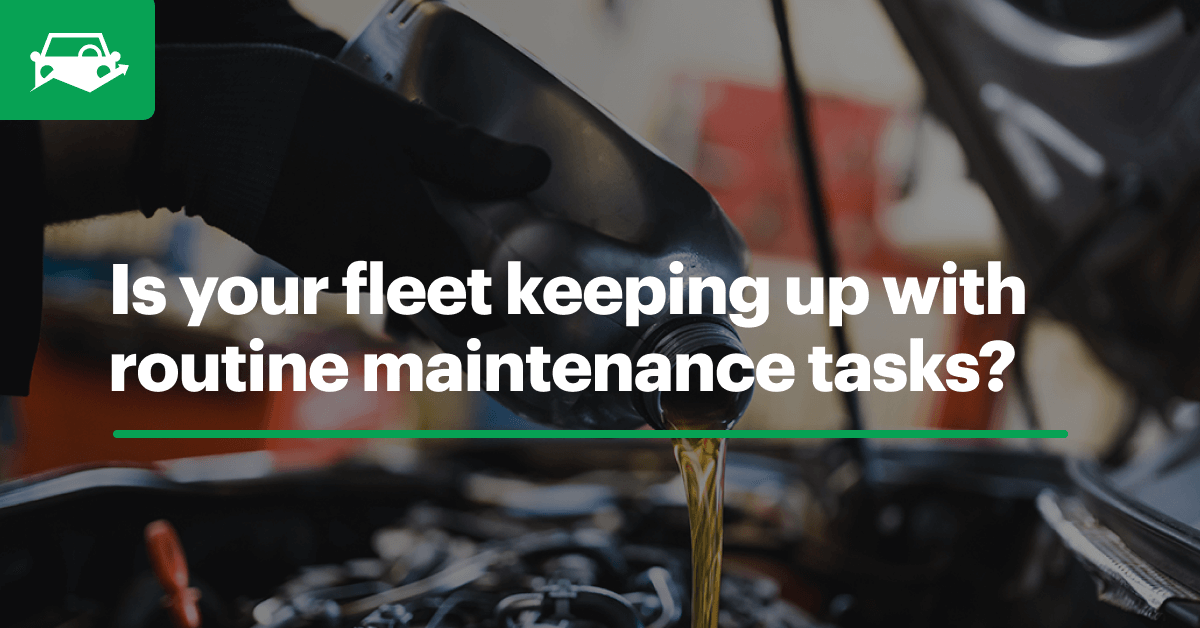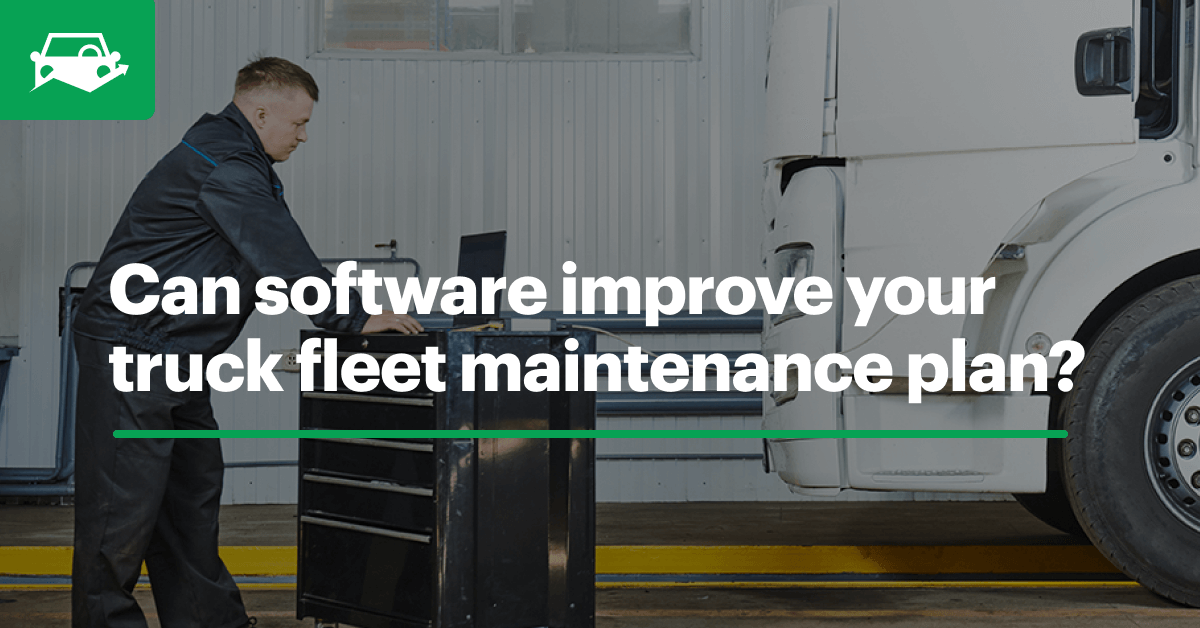Beverage fleets range from nationwide distributors to local merchandisers, but no matter what type of beverage distributor you are, maintaining efficiency and asset visibility are critical to your fleet’s success.

1. Manage Your Beverage Fleet’s Data
Monitoring your beverage fleet vehicles is the best way to ensure their reliability, performance and longevity, but getting a comprehensive view of your assets while they’re on the road can be a challenge. Beverage fleets who still use outdated management methods like spreadsheets and paper processes have difficulty managing assets and communicating with team members in real time.
Many beverage fleet managers are turning to modern fleet management software to automate processes and keep tabs on their fleet by leveraging real-time metrics.
Using a robust software platform allows you to consolidate your fleet solutions into one system. Instead of tracking telematics, maintenance and fuel card data in separate systems, you can integrate current systems into fleet management software to track all fleet metrics in one place.
GPS and Telematics
Since drivers typically have defined routes, you may have a general idea of where they are on the map each day, but real-time fleet visibility encompasses much more than location tracking. Pairing your GPS or telematics system with fleet management software provides a complete picture of asset health and performance.
Fleet management software syncs with your telematics devices to automatically upload odometer readings. These real-time updates can trigger maintenance reminders and increase efficiency across your fleet.
Pairing your telematics device with fleet management software also immediately alerts you to diagnostic trouble codes (DTC) and engine faults. These notifications allow you to act quickly to resolve issues and avoid breakdowns on the road.
Fuel Cards
Fuel is one of the largest operating expenses for beverage fleets. These regular routes can drain your tanks, so drivers may fill up daily or every other day.
If you’re using antiquated management systems, this may mean you’re spending hours entering information from fuel receipts. Not only is this inefficient, but because you have other duties, this can result in a backlog of unentered data, leaving you without real-time fuel data.
Pairing your fuel card system with fleet management software eliminates manual data entry by automatically importing all fuel transactions each day. This allows you to easily track expenses, analyze consumption and quickly detect any issues, like fuel fraud.
Tracking fuel consumption and costs can help you determine ways to decrease fuel spending and optimize fuel performance. With real-time fuel data, you won’t overlook expense issues that could be costing your fleet.
2. Monitor Asset Utilization
Keeping track of your beverage fleet’s asset utilization allows you to lengthen vehicle lifespan and maximize your return on investment (ROI). Leveraging utilization data allows you to make data-driven decisions that can optimize your route to increase efficiency for both your drivers and your assets.
Perhaps you have a fleet of medium-duty side loaders. If one driver’s route is across multiple cities and another remains in one general area, you may end up having to pay overtime to the first driver, while the other finishes his or her route on time.
Analyzing mileage and usage reports in fleet management software allows you to determine which vehicles are over or underutilized and make better decisions to maximize driver productivity. You can view how many hours a vehicle is used each day and find a sustainable balance for your vehicle usage to increase vehicle longevity and avoid overspending in any area of your operations.
3. Comprehensively Track Outsourced Maintenance
As a beverage fleet manager, keeping track of maintenance is an important aspect of reducing vehicle downtime and maximizing vehicle health and productivity. Tracking maintenance progress ensures repairs are completed quickly and stay within your budget.
Many beverage fleets outsource maintenance to third-party shops. While this is a great solution for fleets that don’t have an in-house maintenance shop, monitoring technician progress and getting a clear understanding of line items can be difficult if you’re playing phone tag with a vendor all day.
Fleetio’s Maintenance Shop Integration provides complete transparency into the vehicle repair process and gives you full control over repairs. Drivers can bring vehicles into any of the 44,500+ repair shops in the nation (or add your local repair shop!). Once the repair order is submitted, fleet managers can immediately approve or reject work orders by line item.
Completed repairs are instantly logged into fleet management software, so you can view and analyze a vehicle’s service history at any time to spot ongoing trends or issues to address. Repair costs are also streamlined into a single monthly bill. Not only does this eliminate headaches for your accounts payable team, but you can easily create and share maintenance expense reports to make strategic budget decisions.
4. Calculate Total Cost of Ownership
Knowing your fleet’s true total cost of ownership (TCO) enables you to make the best choices for your fleet’s budget. Unfortunately, many fleets don’t have a way to view their real-time TCO. Manual calculations and spreadsheet formulas are prone to error, leading to long term issues regarding your bottom line.
By centralizing your beverage fleet’s data into a single, cloud-based software, you have all the real-time data you need to automatically calculate your fleet’s TCO. Having an up-to-date view of your fleet’s operating expenses helps you determine areas of improvement across your fleet and track vehicle costs to optimize asset utilization.
5. Create a Data-Driven Vehicle Acquisition and Replacement Strategy
While all beverage fleets ultimately have the same goal, each operation is unique and must make the best decisions regarding how they acquire and replace their vehicles. Choosing whether to lease or buy and determining when to replace vehicles are huge decisions.
Having a complete understanding of your fleet’s asset utilization and TCO can help you determine the best strategy for your fleet. While we can’t make the decision for you, fleet management software provides configurable reports for you to analyze and share with stakeholders.
When deciding whether to lease or buy, consider your vehicle turnover rate, current operating costs and how often your vehicles require maintenance. Semi-trucks that deliver beverage pallets are more expensive than side-loaders that do local deliveries; therefore, your decision may be based on purchase cost or maintenance and upkeep.
When it comes to vehicle replacement, creating policies and procedures that make sense for your fleet can help ease the process. Consider taking a data-driven approach to vehicle replacement by leveraging asset utilization and expense data.
Fleetio’s Optimal Replacement Analysis tool takes into account operating costs, utilization, depreciation and salvage value to estimate when you will need to replace a vehicle. With this level of visibility into your assets, you can make confident decisions regarding your fleet’s future.
Gain complete visibility into your beverage fleet operations! Start your free trial of Fleetio or request a demo today!




